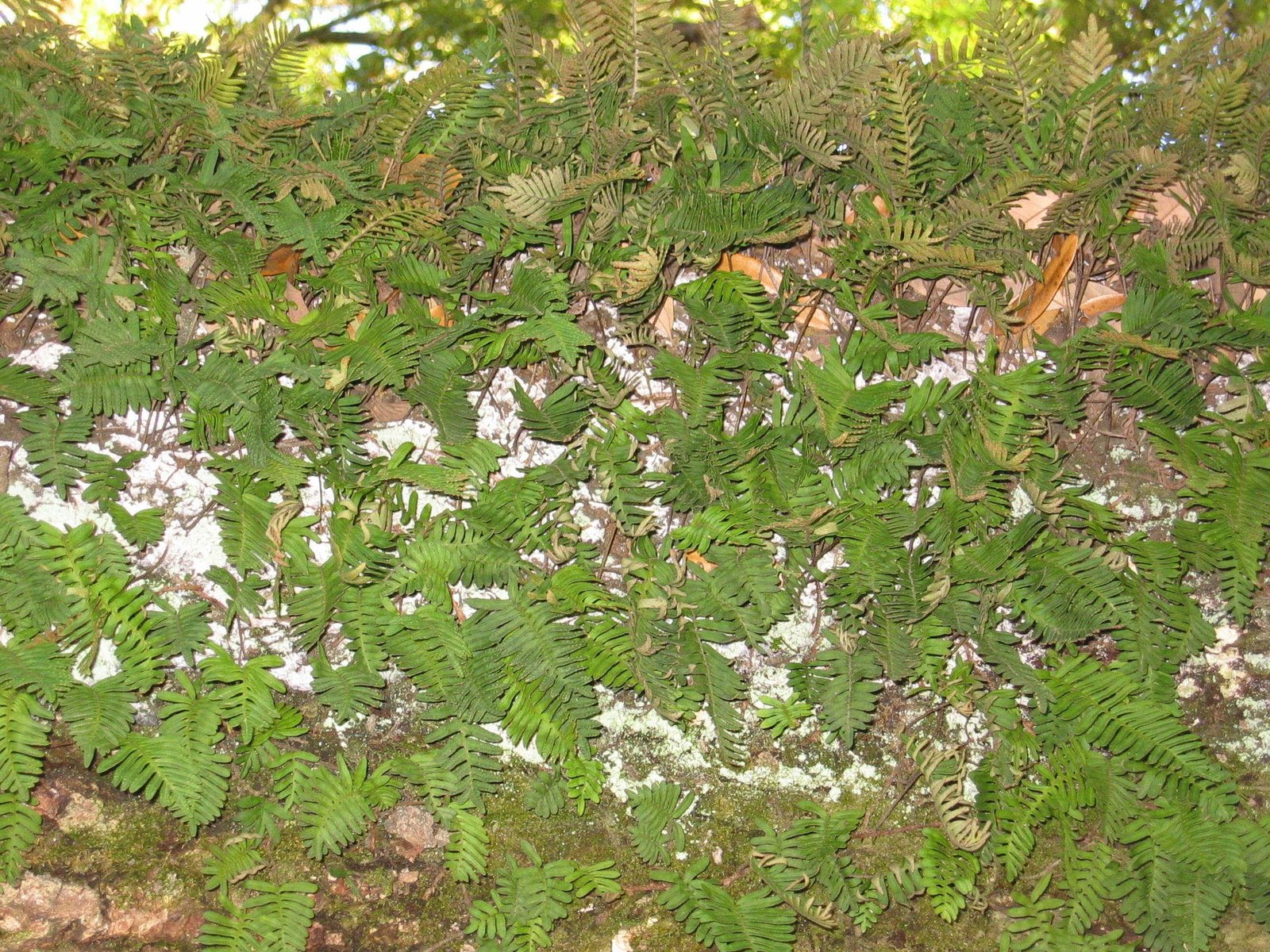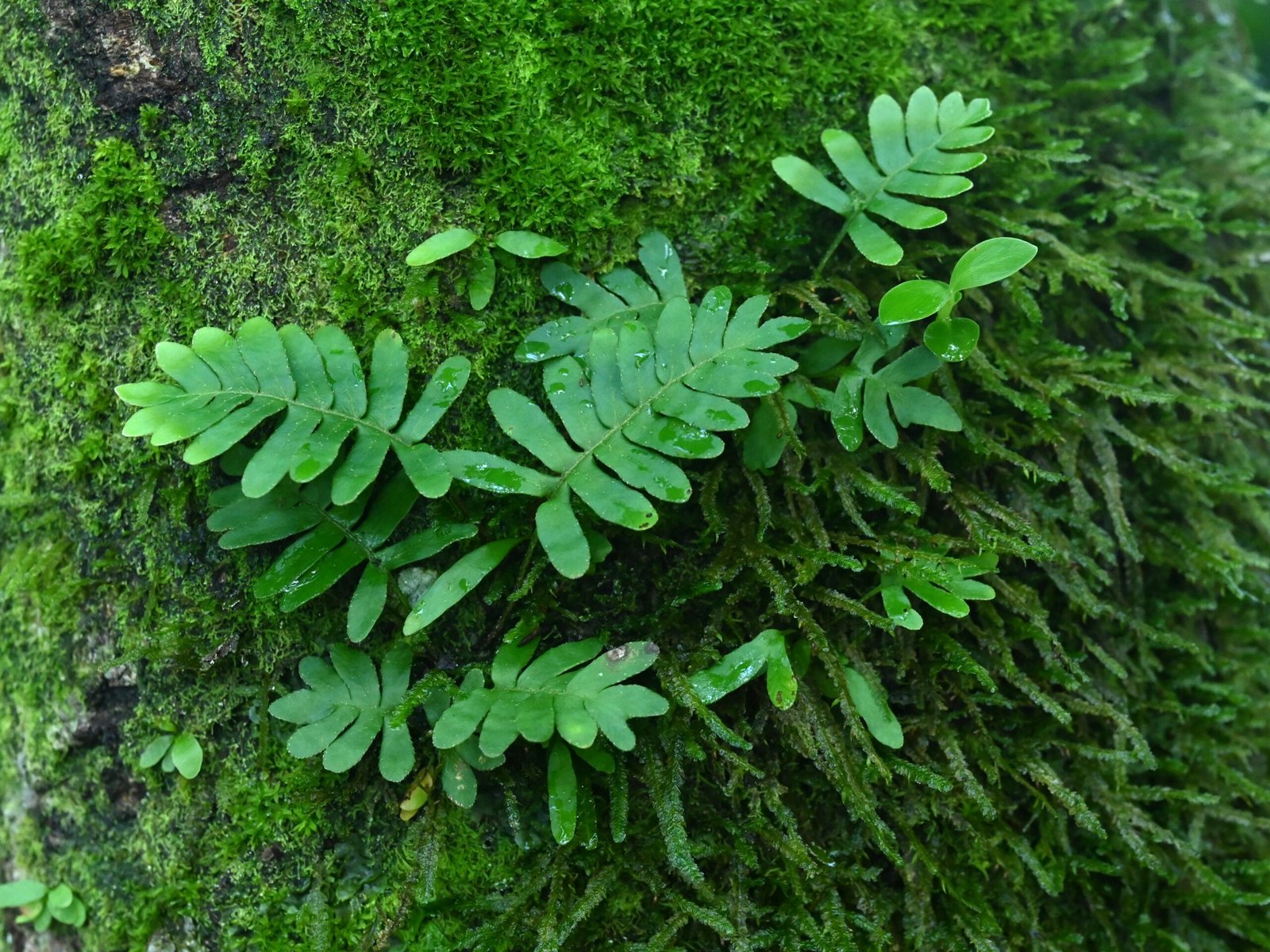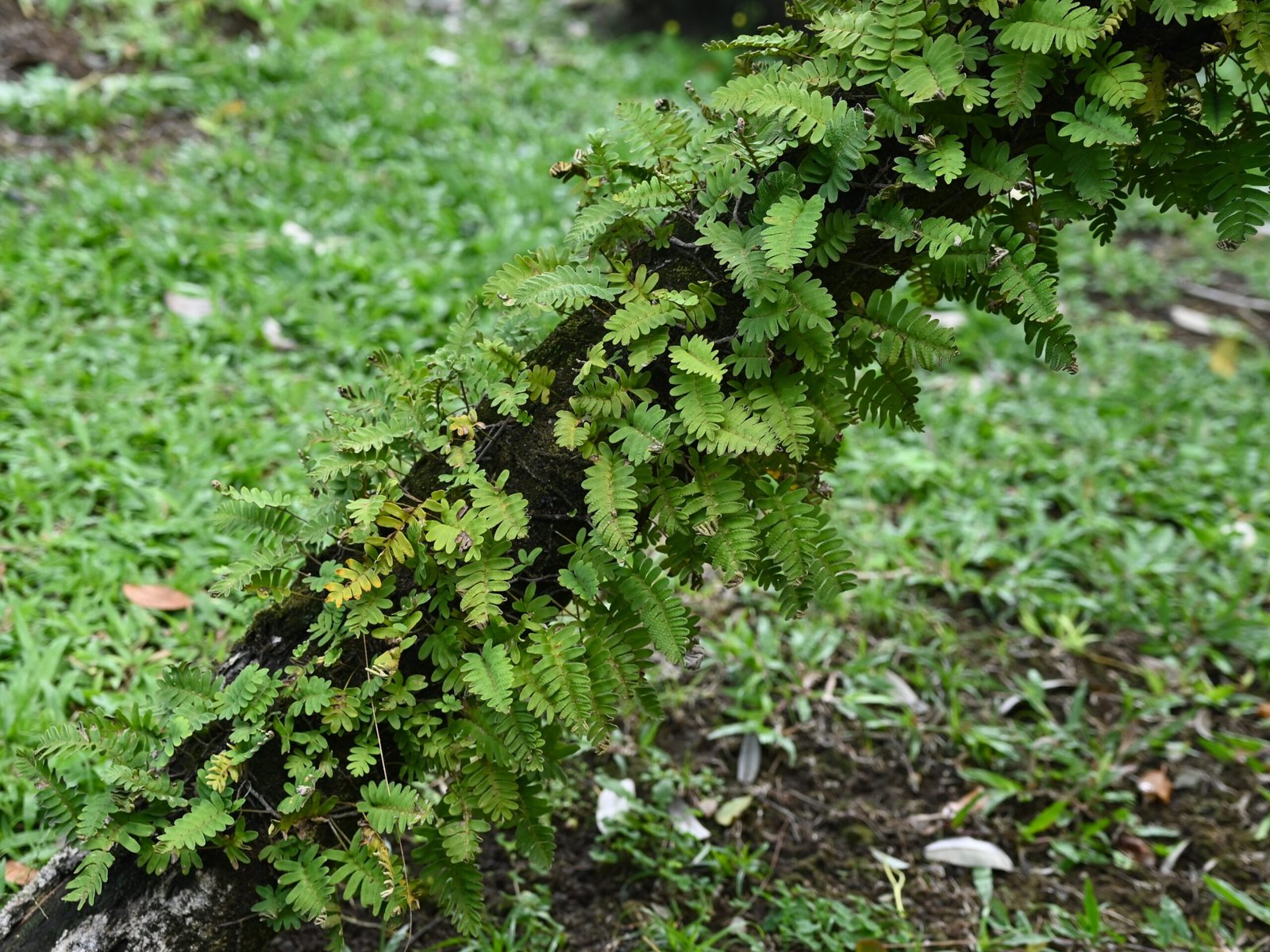Picture this: a withered, crumpled plant that looks like it’s been scorched by the desert sun, brown and lifeless—then, with just a single drop of water, it springs back to vibrant, lush green life in a matter of hours. It sounds like something out of a fantasy novel, but this miracle belongs to the humble resurrection fern. This little plant has baffled botanists, inspired poets, and captured the awe of anyone lucky enough to witness its remarkable comeback. What secret powers allow a fern to cheat death and revive from near-total desiccation? The answer is a tale of evolutionary genius, survival against all odds, and the unstoppable will of nature.
A Miracle of Nature: What Is the Resurrection Fern?

The resurrection fern, scientifically known as Pleopeltis polypodioides, is a true marvel in the plant kingdom. Its reputation for “coming back to life” has earned it nicknames like the “miracle fern” and the “everlasting fern.” Unlike most plants that wilt and die without regular water, the resurrection fern can survive losing up to 97% of its water content. During drought, it curls up, turns grey or brown, and appears completely dead—yet, as soon as moisture returns, it unfurls and regains its brilliant green color. This extraordinary ability has made it a symbol of hope and resilience across different cultures.
The Science Behind the Resurrection

What sets the resurrection fern apart is its unique cellular structure and biochemical defenses. When water disappears, the fern’s cells lose their turgor pressure and shrink, but special proteins and sugars stabilize its membranes and DNA. These molecules act like biological antifreeze, preventing damage that would normally kill other plants. When water becomes available, the fern quickly rehydrates, and its cells plump up and resume normal function. Scientists are fascinated by this process, as it reveals clues about how living things can survive extreme dehydration—an ability called desiccation tolerance.
Where Do Resurrection Ferns Grow?
Resurrection ferns thrive in warm, humid environments, often clinging to the bark of oak trees or fallen logs in forests across the southeastern United States, Central America, and parts of the Caribbean. They are epiphytes, meaning they grow on other plants but don’t steal nutrients from them. Instead, resurrection ferns absorb water and nutrients from rain, air, and debris around them. This unique lifestyle enables them to weather long dry spells atop their tree hosts, making them a common sight in places where rainfall is unpredictable but humidity lingers.
Survival Strategies: How the Fern Cheats Death
When faced with drought, resurrection ferns use a survival strategy that’s as ingenious as it is simple. They curl their fronds inward, minimizing surface area and reducing water loss through evaporation. Their tissues become so dry that normal cellular processes stop, effectively putting the plant in a state of suspended animation. Unlike most plants that would suffer irreversible damage from such extreme dehydration, resurrection ferns have evolved mechanisms to protect their cells until the next rainfall. This remarkable adaptation is one reason why they have persisted for millions of years.
Desiccation Tolerance: Nature’s Ultimate Insurance Policy
Desiccation tolerance is rare among plants, but in resurrection ferns, it’s a way of life. Their cells are equipped with sugars like trehalose, which form a glass-like structure that stabilizes proteins and membranes during drying. Antioxidants and repair enzymes mop up any damage caused by the stress of dehydration. When water returns, the fern’s metabolism restarts almost instantly, repairing any lingering issues. This process is not just fascinating; it’s a potential treasure trove for scientists studying drought resistance in crops and preservation techniques for medicines and vaccines.
Why Don’t All Plants Have This Power?

It’s natural to wonder why every plant doesn’t come with this miraculous ability. The answer lies in evolution and energy trade-offs. Developing the cellular machinery for desiccation tolerance requires significant resources, and most plants have evolved strategies that depend on stable water supplies. Only a few, like the resurrection fern, have adapted to environments where water is unpredictable. In many ecosystems, it’s more efficient for plants to grow quickly and reproduce during wet periods, rather than invest in the costly defenses needed to survive long droughts.
The Role of Resurrection Ferns in Their Ecosystem
Resurrection ferns are more than just survivors; they play a valuable role in their habitats. By growing on tree trunks and branches, they create miniature ecosystems for insects, spiders, and other small creatures. Their presence doesn’t harm their tree hosts, but instead adds to the diversity of life in forests. When they revive after rain, their lush greenery can quickly transform a dull landscape into a vibrant living tapestry. This burst of life can also signal changes in humidity, acting as a natural barometer for the ecosystem.
Symbolism and Cultural Significance

Throughout history, resurrection ferns have inspired awe and curiosity. Native American folklore describes the fern as a symbol of hope and renewal, while in some cultures, it’s believed to bring luck and prosperity. The sight of a seemingly dead plant springing back to life has long been a metaphor for resilience and the power of new beginnings. In gardens and botanical collections, resurrection ferns are cherished for their almost magical properties, captivating the imagination of all who see their transformation.
Modern Scientific Fascination

In recent years, the resurrection fern has become a focus for researchers looking to unlock the secrets of desiccation tolerance. Scientists are studying the fern’s genes and proteins, hoping to apply this knowledge to agriculture and biotechnology. If crops could be engineered to survive drought like the resurrection fern, it could revolutionize farming in arid regions. The fern’s ability to stabilize delicate structures during drying also has implications for preserving biological materials, potentially changing the way we store everything from seeds to vaccines.
Witnessing the Miracle: How to See It for Yourself
If you’re eager to witness the resurrection miracle, you don’t need to travel far. Resurrection ferns are sometimes sold for home cultivation, where their dramatic transformation can be observed with a simple spray of water. In the wild, look for curled, brown ferns on tree trunks in humid forests, especially after a dry spell followed by rain. Watching them unfurl is like seeing time-lapse nature come alive in real time—a spectacle that reminds us of nature’s resilience and unpredictability.
Lessons From a Plant That Won’t Give Up
The resurrection fern stands as a living testament to the power of adaptation and survival. Its ability to bounce back from the brink of death, again and again, is a lesson in hope and perseverance. In a world facing increasing droughts and climate uncertainty, the fern’s story is more relevant than ever. It challenges us to look for resilience in unlikely places and to marvel at the ingenuity of life on Earth. Would you have guessed that survival could look so miraculous?




